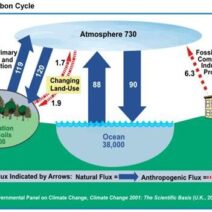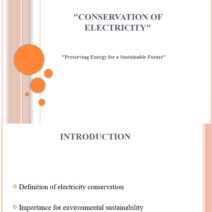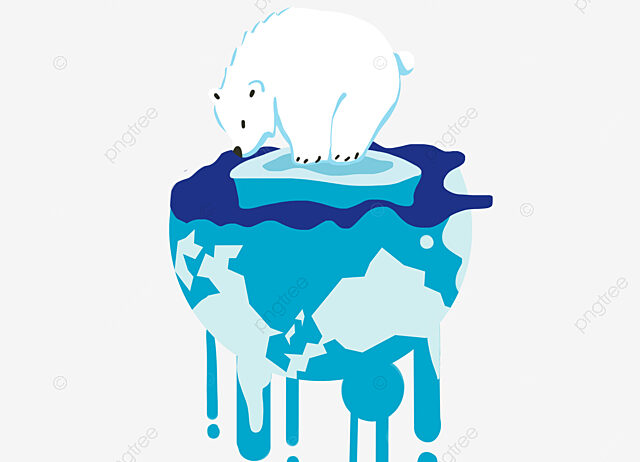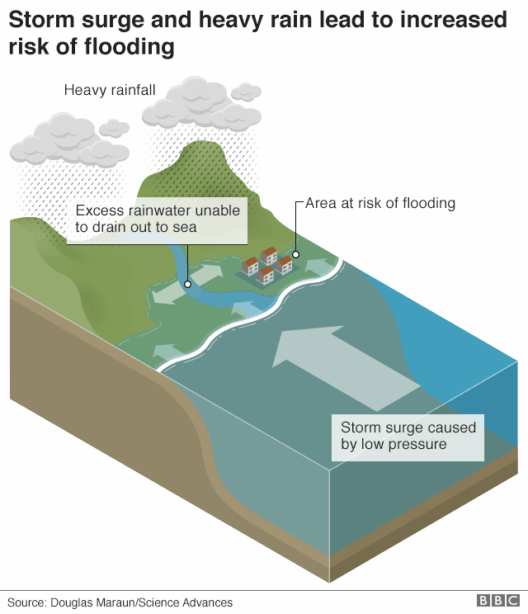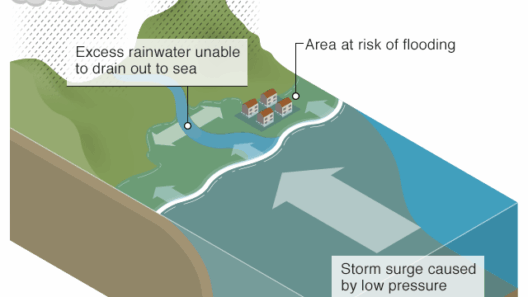The intricate tapestry of life on Earth is woven together by countless species that coexist within the diverse climates and ecosystems of our planet. However, as the planet warms, this delicate balance is threatened. Global warming poses severe repercussions for wildlife, plants, and the ecosystems that provide essential services for humanity. As temperatures rise, habitats shift, food resources diminish, and species face unprecedented challenges. Are we prepared to witness the unraveling of nature’s diversity, or can we confront this challenge head-on?
Global warming exacerbates climate variability and alters weather patterns, leading to profound habitat changes for many species. Terrestrial ecosystems, marine environments, and freshwater habitats are all feeling the pressure. In polar regions, for example, melting ice due to rising temperatures profoundly affects polar bears and other species that depend on frozen ecosystems for their survival. As the ice recedes, these magnificent creatures find it increasingly difficult to hunt for seals, their primary food source, leading to malnutrition and declining populations.
Moreover, the alteration of habitats is not a solitary phenomenon; it has cascading effects throughout the food web. As polar bears struggle against climate change, the entire arctic ecosystem is destabilized. The loss of one apex predator impacts the balance of other species. With fewer polar bears hunting, caribou populations could temporarily rise, potentially leading to overgrazing in sensitive tundra ecosystems. Eventually, the repercussions of these shifts can create feedback loops that further exacerbate the pressures on the environment.
Similarly, temperate and tropical regions are experiencing a decline in biodiversity as they face increased temperatures, rising sea levels, and more frequent extreme weather events. Coral reefs, often referred to as the “rainforests of the sea,” are invaluable ecosystems that harbor enormous biodiversity. However, they are particularly vulnerable to changes in temperature and ocean acidity. Coral bleaching, resulting from elevated water temperatures, leads to the expulsion of symbiotic algae that corals rely on for nourishment, threatening the survival of entire reef systems.
This phenomenon aligns eerily with the increasing rates of extinction. It is estimated that climate change could render up to one million species extinct within a few decades if current trends continue. The loss of species diminishes genetic diversity, which is crucial for ecosystems to adapt to changing conditions. Without a diverse gene pool, ecosystems become more susceptible to diseases and less resilient to environmental changes.
In freshwater ecosystems, rising temperatures and altered precipitation patterns have profound implications for fish species and other aquatic organisms. Altered hydrographs impact spawning cycles, nutrient flows, and sediment transport, complicating the already intricate relationships among species. Fish such as salmon, which require specific temperature ranges for optimal breeding, may find themselves unable to reproduce successfully in warming waters. Consequently, populations decline, affecting not only the species themselves but also the myriad species, including humans, that rely upon them for sustenance.
The interplay of species within ecosystems is made ever more complex by human activities that compound the effects of global warming. Habitat destruction through deforestation, urbanization, and pollution creates further stress on biodiversity. For instance, the Amazon Rainforest—often dubbed the “lungs of the Earth”—is a critical carbon sink and one of the most biodiverse regions on the planet. Yet, deforestation driven by logging and agriculture not only contributes to global warming but also erases countless species, pushing them closer to extinction.
While the tragedies wrought by global warming on our ecosystems are distressing, it is essential to recognize the potential within a crisis. The acknowledgment of declining biodiversity has galvanized communities, governments, and organizations to champion environmental stewardship and restoration efforts. While the challenges may seem formidable, the human capacity for innovation and adaptive solutions should not be underestimated. Can we pivot towards sustainable practices that rejuvenate ecosystems while reducing our carbon footprint?
The youth of today, armed with knowledge and passion, are stepping up to tackle environmental issues. Initiatives spearheaded by young activists focusing on renewable energy, reforestation, and conservation programs illustrate a burgeoning movement toward ecological responsibility. Engaging local communities through education about biodiversity’s importance cultivates a generation that values and protects the natural world.
Restoration biology offers additional avenues for mitigating biodiversity loss. Efforts to restore degraded habitats, reintroduce native species, and rehabilitate ecosystems represent hopeful strides towards achieving greater ecological balance. Additionally, international cooperation—guided by scientific research and established agreements—can lead to broader commitments to preserve natural spaces, promote alternative energy, and reduce greenhouse gas emissions.
Yet, the question remains: how can individuals contribute to sustaining nature’s diversity in the face of such daunting challenges? Each person’s actions ripple through the larger ecosystem. Simple changes in daily practices, such as reducing waste, supporting local agriculture, and advocating for policies that prioritize the environment, can cumulatively lead to significant change. What if we all resolved to partake in a “carbon-conscious lifestyle”? Each effort, however small, contributes to the larger fight against climate change.
In conclusion, the decline of nature’s diversity due to global warming is not an insurmountable catastrophe but rather a call to action. Through conscious effort, strategic restoration, and collective action, there exists a path forward that fosters resilience and revitalizes ecosystems. The time to act is now; the future of biodiversity hangs in the balance, and the health of our planet depends on our collective resolve to nurture and protect it.
